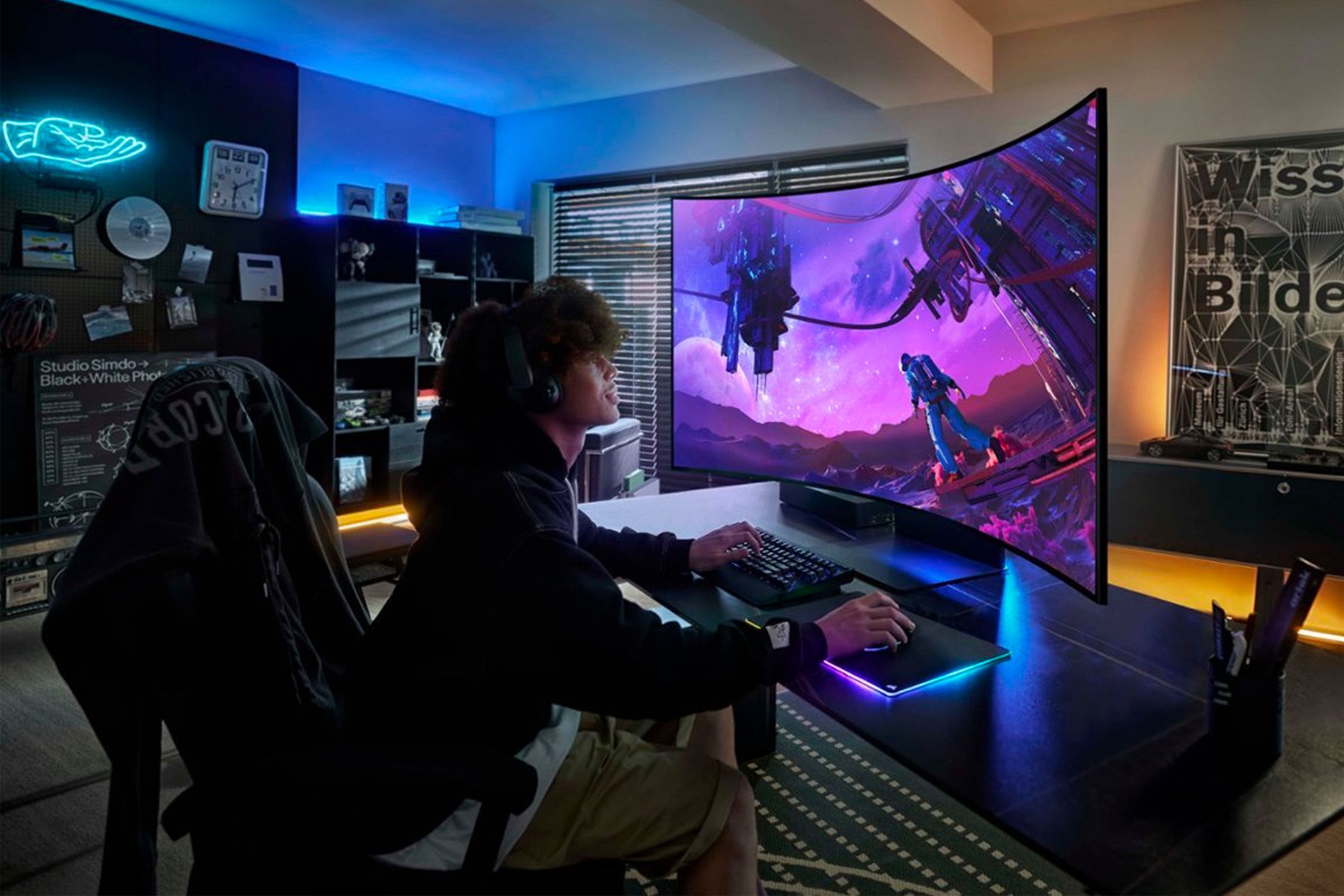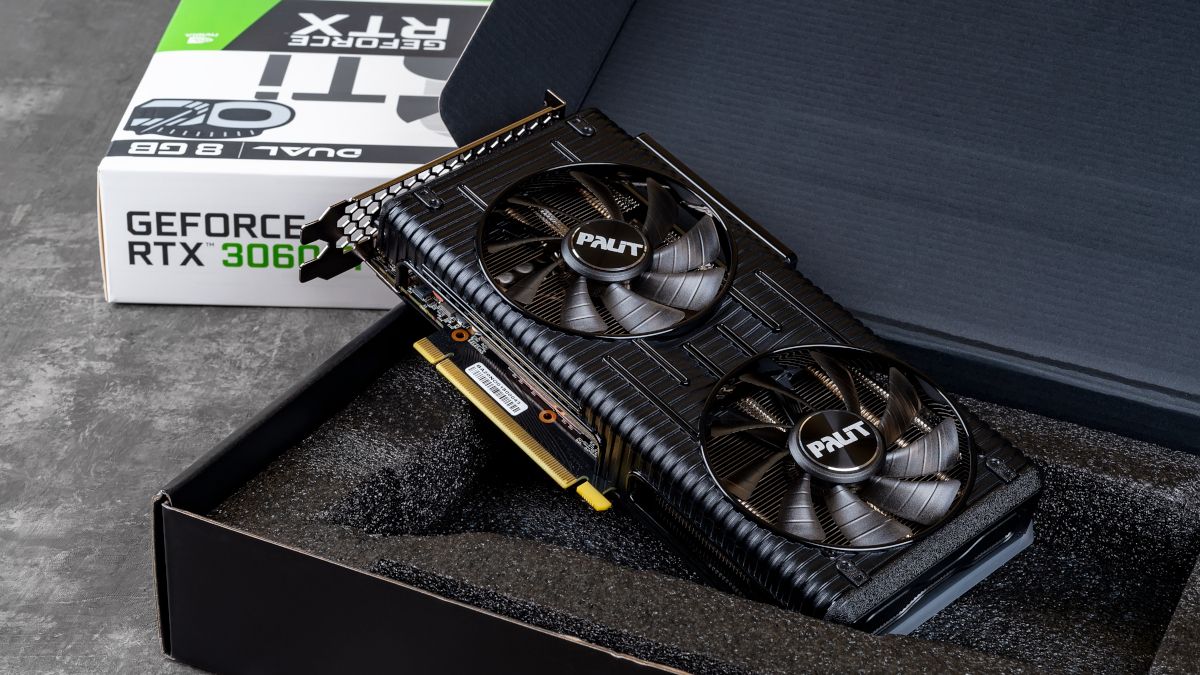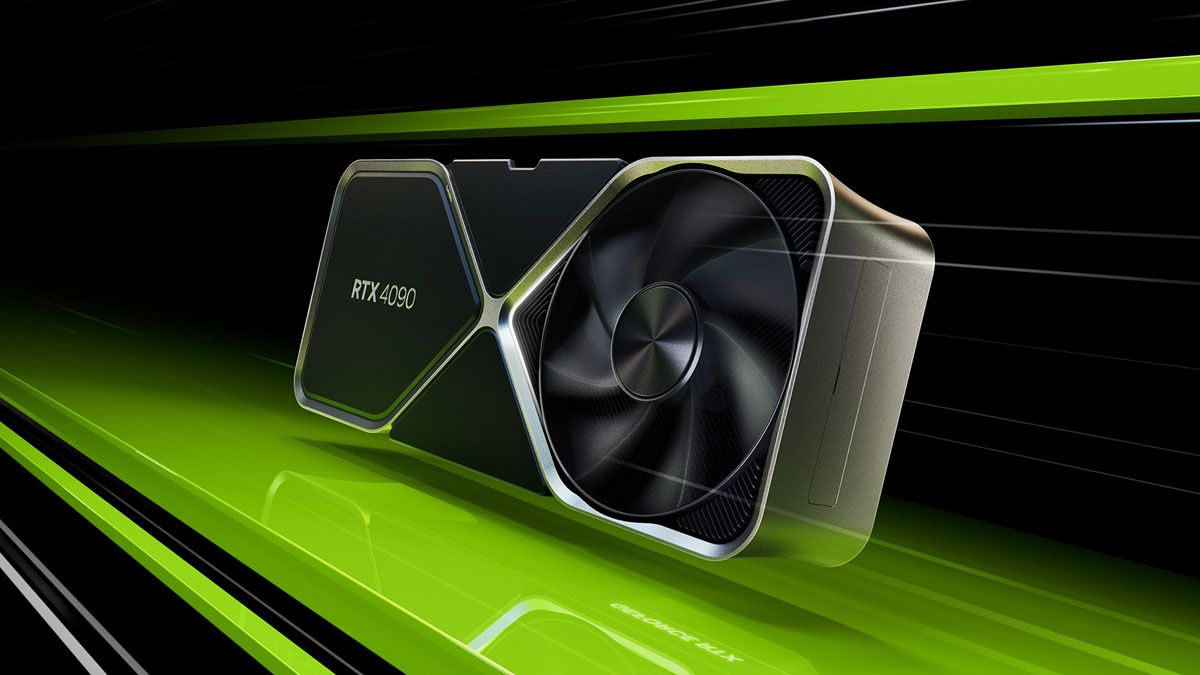Key Takeaways
- Before upgrading your graphics card, assess your current hardware to avoid bottlenecks.
- Consider what games you play, as less demanding titles do not need a lot of processing power.
- If you’re a 1080p gamer, you should spend about $200–$400. For 1440p gaming, the sweet spot is between $500–$700, though you can always use upscaling.
Purchasing a flashy new graphics card is exciting, but with so many factors to look at, excitement can easily turn into frustration. Today we’ll help figure out which card to buy based on your unique scenario and budget.
Take a Look at Your Current Hardware
Your first task before buying a new graphics card is to assess your current hardware. Assuming you have a modern gaming computer or are planning to build one, graphics card compatibility is pretty much a non-factor. You need to have a power supply with enough wattage and sufficient physical space for the card to fit in, but that’s about it.
The real question here is whether your new graphics card will create a bottleneck in your system. In simple terms, a bottleneck is an imbalance between the power of your computer components (mainly the graphics card, processor, and RAM). If you put an RTX 4080 into a 10-year-old system with an old Intel Core i3 CPU, the CPU will hold the graphics card back, and you’ll get significantly worse performance.
One way to check for a bottleneck is to use a bottleneck calculator. Put in the graphics card you’re planning to buy and your CPU model, and it’ll return a bottleneck percentage. Ideally, you want a bottleneck of 20% or less. While calculators aren’t an accurate representation of real-world performance, they can give you an acceptible estimate. Keep in mind that bottleneck percentage varies from game to game, and a GPU bottleneck is favored over a CPU bottleneck, as the in-game performance will be smoother.
How Much Does Monitor Resolution Matter?
The resolution you play at significantly impacts graphics card performance. A 4K display has four times as many pixels as a 1080p display, which means you need a beefier graphics card make the most of the pixels you have available. Rendering games at native 4K or 1440p is demanding, and you need a mid to high-end graphics card if you want 60 FPS at ultra settings in triple-A games.
But what if you don’t need to run games natively at 1440p or 4K? Thanks to modern upscaling tech, your graphics card can render a game at 1080p, and you’ll still get fairly decent image quality on your 4K display. Sure, the games won’t look as sharp as they do running at native 4K, but they’ll be more than playable. Upscaling technology will only get better in the future. If you don’t mind upscaling, monitor resolution isn’t super important.
What Games Do You Play?
Games are an important factor that people often overlook when buying a graphics card. Sure, a $600 powerhouse GPU can run Genshin Impact and Grand Theft Auto V, but the same is true for a $200 model. If you rarely play the latest graphically demanding triple-A games like Starfield and Alan Wake 2, you don’t need to spend more than a few hundred dollars on your graphics card.
Conversely, if all you play are the latest and greatest games, or if you’re serious about esports, get the best graphics card that’s within your budget.
Budget: How Much Can You Spend?
Ultimately, your budget dictates which graphics you should buy. Like with most things in life, the more you spend, the more you get, so let’s review a few different tiers and what to expect from them.
Graphics card prices fluctuate frequently. The prices for the different tiers might increase over time. If you’re lucky, they might even decrease.
Entry-Level: $200–$300
The first tier includes the cheapest models from the current and previous generations of graphics cards. Some examples are AMD’s RX 7600, RX 6600, and NVIDIA’s RTX 3060. These graphics cards can handle less demanding games without any hiccups and triple-A titles at lower settings and achieve about 30–60 FPS.
They usually offer the best value for the money and are suitable for 1080p gaming. If you don’t care much about eye candy and just want to enjoy some games for a couple of hours per day, you don’t have to spend that much.
Be aware that new graphics cards at well under $200 are rarely worth it, which is why I excluded them from the list. Cards like the GT 1030 are overpriced for what little performance they offer. This is because there are a few fixed costs that the manufacturer has to pay like packaging, shipping, fans, heatsinks, PCB, VRAM, and other smaller components. You’ll get much better value if you buy used here. The only potential outlier is the RX 580 8GB variant, which can run some esports titles at over 100 FPS.
Mid-Range: $300–$500
Mid-range cards have a lot of overlap between the entry-level and high-end models, both in terms of price and performance. On the cheaper end of mid-range cards, you can get NVIDIA’s RTX 4060, or the RX 6700 XT and RX 7600 XT from AMD (a slightly more powerful variant of the RX 7600 with twice the VRAM). These cards typically provide a performance uplift of roughly 10% compared to the entry-level models, making them perfect for 1080p gaming.
On the higher end of the mid-range spectrum, we see another significant jump in performance compared to the cheaper mid-range cards. For instance, AMD’s RX 7700 XT is 20% more powerful than its now discounted predecessor, the RX 6700 XT. These cards are our first entry point for native 1440p gaming, as they can get around 60 FPS in many triple-A titles.
High-End: $500-$800
If you’re a 1440p gamer, it makes sense to spend a bit extra to step up from a mid-range card for better performance but also future-proofing, just to make sure that your graphics card will get over 60 FPS in triple-A titles over the next few years. For instance, the AMD RX 7800 XT outperforms the RX 7700 XT by about 10–15%, but more importantly, it has 4GB more VRAM, which means more space for data rendering and high-resolution textures in the near future. Also, these cards can give you a solid experience in esports titles running in 1440p or 1080p at 240Hz.
As for the more expensive high-end models, such as the NVIDIA RTX 4070 Ti and the AMD RX 7900 XT, you can expect to play games at native 4K and still get 50–60 FPS in many triple-A titles, and over 100 FPS in smaller indie titles and esports games. This is, generally speaking, the maximum you’d want to spend on a graphics card if money is a consideration. While they don’t provide the bang for your buck that mid-range cards do, they’re not obscenely expensive, either.
Ultra High-End: $800+
Do you hate money or just really love gaming? Then don’t hold back, as NVIDIA’s RTX 4080 Super and RTX 4090 are some of the most expensive pieces of consumer hardware money can get. Sure, you get a 30% performance bump if you go from an RTX 4070 to an RTX 4090, but some of these cards cost as much as a used car. We recommend thinking twice before you buy the RTX 4090 because of the extreme price tag and frequent generational leaps in performance, but if money is no object for you, have at it.
Buy Used to Get More Bang for Your Buck
Regardless of which graphics card you’re planning to buy, you’ll always get more for your money by buying used. Assuming the graphics card market hasn’t gone haywire (again), GPUs depreciate rather quickly, especially in the first few years. Just remember that you’re more likely to find a previous-generation card, as people are less inclined to sell their current-generation cards until something “better” comes along. Still, you can easily get a higher-tier graphics card for your money by buying used.
So is buying a used GPU safe? Generally speaking, used hardware is fine for the most part. Even cards from mining rigs tend to work just fine. I bought a RX 580 from a mining rig a while ago, and it worked flawlessly for over three years. I have since sold the card and replaced it with a used RX 6600 XT. Just make sure to read our guide on buying used graphics cards before getting one.
source


